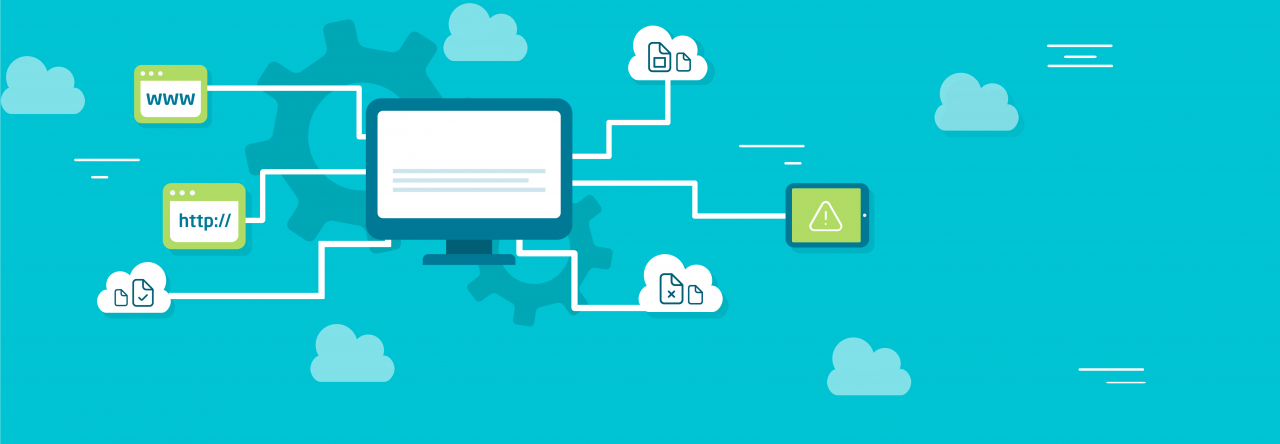
Email has become an integral part of our daily lives, but it has also become a popular tool for cybercriminals who attempt to deceive and exploit others through scams. These malicious actors often send suspicious emails to gain access to personal information, financial data, or to compromise your computer. However, by following certain rules and recognizing the key signs of suspicious emails, you can protect yourself from email fraud. Let’s delve into this in more detail today.
Key Signs of Suspicious Emails
1. Impersonal Greetings
Scammers often send mass messages that lack personal information about you, such as your name or other personal details. If an email starts with a generic greeting like ” «Dear User» or «Dear Sir/Madam», exercise caution!
2. Overly Generous Offers
Receiving an email with an extremely lucrative offer that seems too good to be true could be a sign of a scam. For example, promises of a big lottery win, highly advantageous financial contracts, or offers of help from unfamiliar individuals.
3. Alarmist Tone
Scammers frequently try to evoke fear or create a sense of urgency to prompt you to react hastily without careful consideration. For instance, messages about your bank account being blocked or threats of account closure.
4. Suspicious Links
Hidden links or unverified URL addresses might lead you to phishing websites where scammers will attempt to trick you into divulging personal information for their own gain.
How to Verify Legitimate Emails
1. Check the Sender
Always verify the sender’s email address. Legitimate companies and organizations never send crucial messages from unrelated domains.
2. Be Cautious with Links
Avoid clicking on links in suspicious emails. Instead, manually type the URL or find the necessary website through a search engine.
3. Evaluate Grammar and Style
Poorly written content and grammatical errors can be indicative of fraudulent emails.
Tips for Protecting Yourself from Scam Emails
1. Keep Your Software Updated
Regularly update your software, including antivirus and anti-spyware programs, to protect against known threats.
2. Refrain from Sharing Personal Information
Never share sensitive personal information, such as passwords, social security numbers, or bank data, through email.
3. Verify Information
Before responding to any suspicious email, contact the organization through official channels to verify the authenticity and legitimacy of the message.
4. Avoid Opening Attachments or Entering Personal Information
Do not open attachments or input personal information on websites if you cannot verify their authenticity. Avoid responding to requests related to financial or personal data, even if the email seems highly plausible.
5. Use Strong and Unique Passwords
Employ strong and unique passwords for your email accounts and other online platforms. Enable two-factor authentication if possible for added security.
6. Pay Attention to Details
Watch out for small discrepancies that may seem suspicious, such as misspelled email domains, graphical inaccuracies, or technical errors.
7. Limit Personal Information on Public Platforms
Minimize the amount of personal information you share on public platforms. Store important personal data in secure locations where it cannot be compromised.
8. And lastly – educate yourself and others.
Educate yourself and your close ones about the risks of email scams. Share information about the key signs of suspicious emails and methods to avoid phishing attacks with others.
Remember, the responsibility for the security of your email lies primarily with you. Adhering to the above rules will help protect you from email scams and safeguard your personal data and financial resources.

Leave a Reply